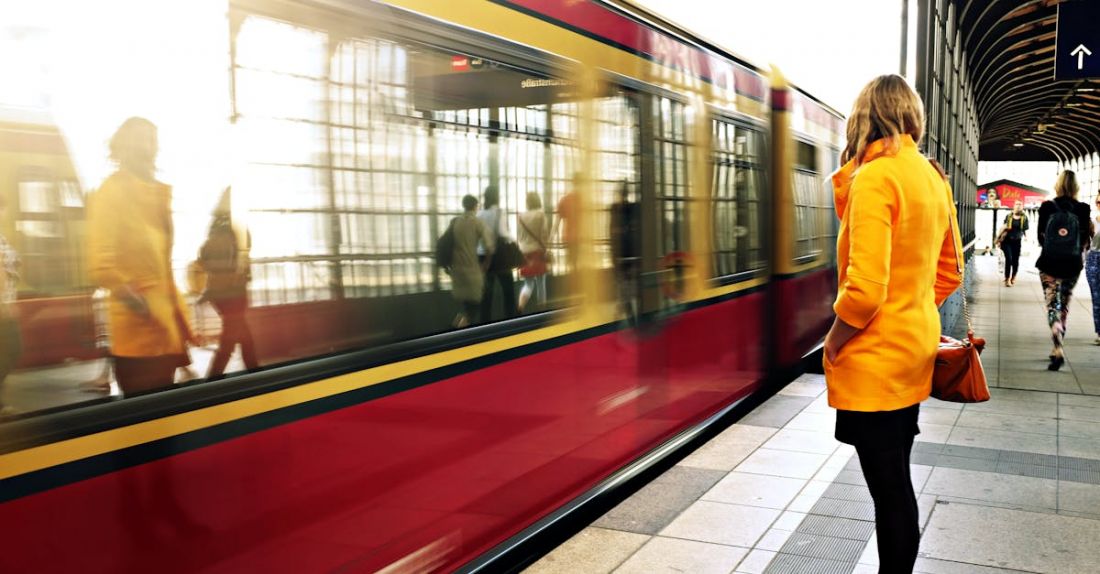
Congestion pricing is a policy tool that aims to alleviate traffic congestion by charging vehicles a fee for driving on certain roads or entering specific areas during peak hours. While this concept has been met with mixed reactions, there are several benefits to implementing congestion pricing that can have a positive impact on cities and their residents.
Reduced Traffic Congestion
One of the primary benefits of implementing congestion pricing is the reduction of traffic congestion. By charging vehicles a fee to access congested areas during peak hours, fewer cars are likely to be on the road, leading to smoother traffic flow and reduced travel times for commuters. This can result in less time spent sitting in traffic jams, lower levels of stress and frustration for drivers, and an overall improvement in the efficiency of the transportation system.
Improved Air Quality
Another significant benefit of congestion pricing is the potential to improve air quality in urban areas. Traffic congestion is a major contributor to air pollution, with idling vehicles emitting harmful pollutants into the atmosphere. By reducing the number of vehicles on the road through congestion pricing, cities can help to decrease air pollution levels, leading to cleaner air and better overall public health.
Encouragement of Alternative Modes of Transport
Congestion pricing can also help to encourage the use of alternative modes of transport, such as public transportation, cycling, and walking. By making driving more costly during peak hours, congestion pricing incentivizes commuters to explore other transportation options that may be more sustainable and environmentally friendly. This shift towards alternative modes of transport can help to reduce traffic congestion, decrease greenhouse gas emissions, and promote healthier and more active lifestyles among residents.
Generation of Revenue for Transportation Improvements
One of the key benefits of implementing congestion pricing is the potential to generate revenue that can be reinvested into transportation infrastructure and improvements. The fees collected from congestion pricing can be used to fund public transportation projects, road maintenance, bike lanes, pedestrian walkways, and other initiatives that aim to enhance the overall transportation system. This additional funding can help to address existing transportation challenges, improve the quality of transportation services, and create a more efficient and sustainable urban environment.
Equitable Distribution of Transportation Costs
Congestion pricing can also contribute to a more equitable distribution of transportation costs among residents. By charging a fee to access congested areas during peak hours, congestion pricing ensures that those who contribute to traffic congestion are also responsible for helping to mitigate it. This can help to level the playing field in terms of transportation costs, ensuring that all users of the transportation system pay their fair share and reducing the burden on taxpayers to fund transportation infrastructure and services.
Enhanced Quality of Life
Overall, the implementation of congestion pricing can lead to an enhanced quality of life for residents in urban areas. By reducing traffic congestion, improving air quality, encouraging alternative modes of transport, generating revenue for transportation improvements, and promoting equitable distribution of transportation costs, congestion pricing can help to create a more sustainable, efficient, and livable city for all.





